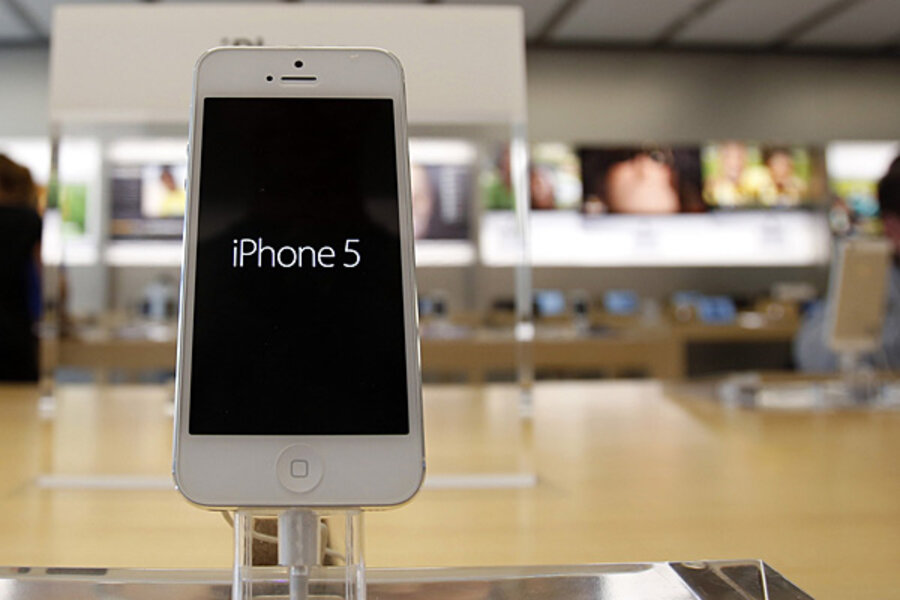Though you may covet the new iPhone, you may not want to put your trade-in money toward a new phone. If that is the case, there are sites such as Gazelle and NextWorth where you can get an estimate on your device, send it into their headquarters, and they’ll send you a check or gift card. Gazelle also offers payment through Amazon or PayPal and NextWorth offers Target gift cards. Though the prices are subject to the demand of the product, Gazelle offers a "lock in" price before big phone announcements, so you can ensure the value on your phone doesn't go down. In addition, you usually have a month on both services to send in your phone, which means you can purchase your new device without being stuck without a phone for a few days. Both also offer trade-ins on other computers, tablets, and various devices.
Level of ease: Easy, as long as you understand the postal system. Send in your gadgets; get a check (or gift card) in the mail.
Estimated trade-in value: Varies depending on demand. Currently Gazelle estimated a 16GB iPhone 5 with AT&T in good condition at $315 and NextWorth offered $320.








